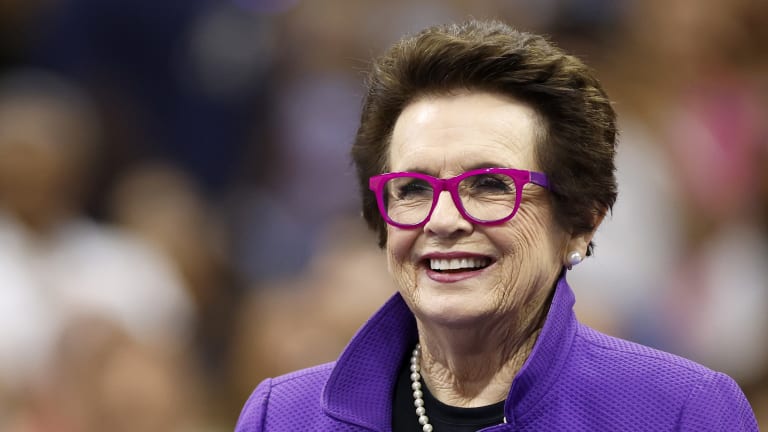How Billie Jean King changed the game
By Nov 02, 2023Burning Questions: 2026
Will Novak Djokovic win a record 25th major title next season?
By Dec 25, 2025Unsung Heroes
Francisco Cerundolo is no longer just South America’s supporting act
By Dec 25, 2025Burning Questions: 2026
Which Indian Wells champ will have the better year: Jack Draper or Mirra Andreeva?
By Dec 24, 2025Facts & Stats
Carlos Alcaraz tops ATP prize money leaders for 2025 with over 21 million dollars
By Dec 24, 2025Unsung Heroes
Elise Mertens had her best season in years in 2025, but you may not have noticed
By Dec 24, 2025Style Points
Five days, a dozen looks: Inside Venus Williams' Palm Beach wedding bash
By Dec 24, 2025Social
Anna Kournikova welcomes fourth child with Enrique Iglesias
By Dec 23, 2025Burning Questions: 2026
Who is more likely to win a Slam: Amanda Anisimova or Elena Rybakina?
By Dec 23, 2025Unsung Heroes
Alejandro Davidovich Fokina's season was one to remember, even if he may opt to forget
By Dec 23, 2025How Billie Jean King changed the game
This special feature is presented by Microsoft.
Published Nov 02, 2023
Advertising
Advertising

The daughter of a fireman from blue-collar Long Beach, Calif., Billie Jean King has a conservative side to go with the progressive one, and an abiding belief in the power of capitalism.
© Getty Images
Advertising

BJK’s off-court successes and win over Riggs came to overshadow what she did, and what she meant, as an athlete.
© Sports Illustrated via Getty Ima